
The District is more than navy suits and creamy marble. From the trio of bold red stars on our flag to the royal blue of our Metro seats, Washington is awash in a rainbow of hues. This is our DC color story.
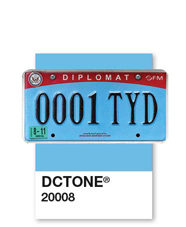
Since they first appeared on DC streets in 1935, diplomatic plates have seen dozens of redesigns, the most recent of which was introduced in 2007. According to the State Department, there are more than 6,000 diplomatic vehicles in our city alone.
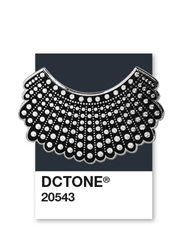
Among RBG’s notorious neckwear, her dissent collar reigns supreme. The $98 Banana Republic bib necklace was part of the swag bag at Glamour’s 2012 Women of the Year event, which honored Justice Ginsburg.
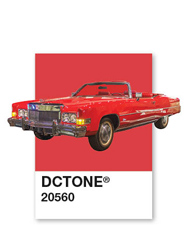
He sang about a Ford Mustang, but Chuck Berry was more of a Cadillac man. The Father of Rock and Roll’s cherry red ’73 El Dorado is among the 3,500 items on display at the National Museum of African American History and Culture.
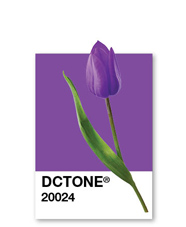
Cherry blossoms are the headliner, but tulips still put on a great show. Each year, 10,000 bulbs are planted in the Floral Library’s 93 beds. Nestled next to the Tidal Basin, the 1.5-acre garden was established in 1969 by Lady Bird Johnson.
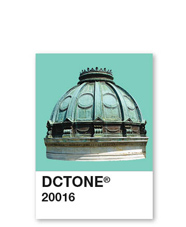
During its 103-year history, the McKinley Building has been used by the US Army, the Bureau of Mines, and the US Department of Agriculture. Today, the copper-topped building is the home of SOC.
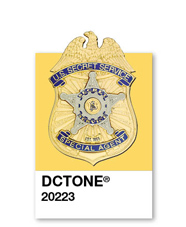
DC is teeming with Secret Service: 1,300 uniformed officers guard the White House, Treasury Building, and foreign diplomatic missions, and thousands more special agents go undetected. In May, alum James Murray was named the agency’s 26th director.
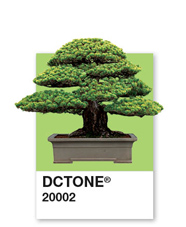
Voted the “best place to take an out-of-towner” by Washington City Paper, the National Bonsai and Penjing Museum is an oasis of calm in the chaos of the city. Boasting 200-plus bonsai, the museum is located at the US National Arboretum.
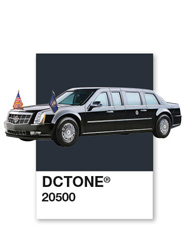
The presidential limo, Cadillac One, gives new meaning to “fully equipped.” The 14,000-pound car is outfitted with rocket-propelled grenades, a tear gas cannon, and pump-action shotguns, and carries two pints of POTUS’s blood.
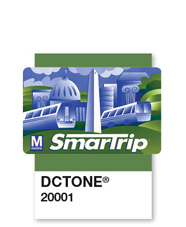
Metro ditched paper farecards in 2016, requiring commuters to purchase a $2 SmarTrip card. WMATA released a commemorative Stanley Cup card in 2018 after the Caps’ T.J. Oshie rode the Orange Line to the finals.
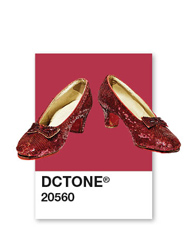
The Smithsonian’s ruby slippers are mismatched (costume designer Gilbert Adrian made at least six pairs for Wizard of Oz star Judy Garland’s size five feet). In 2018, the FBI recovered the corresponding sequined slippers, which had been stolen from a Minnesota museum.
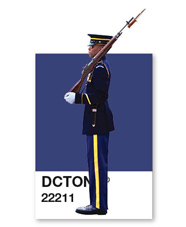
The Old Guard maintains a 24-hour vigil at the Tomb of the Unknowns at Arlington National Cemetery. Only about 600 soldiers have served as sentinels; their badge is the second least-awarded in the military (after the astronaut’s badge).
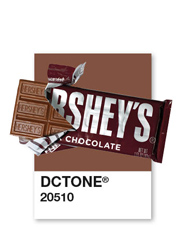
At least one thing enjoys bipartisan support in the US Senate: chocolate. Sen. Pat Toomey (R-PA) currently occupies the sweet seat known since 1968 as the “candy desk,” stocking it with 3 Musketeers and Hershey bars.
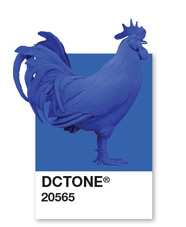
Katharina Fritsch’s 15-foot-tall sculpture, Hahn/Cock, which stands sentry high above Pennsylvania Avenue on the roof of the National Gallery of Art, has Instagram clucking, with thousands of selfies tagged #bluechicken.
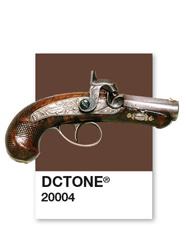
history—John Wilkes Booth’s .44-caliber Deringer—is on display at the Ford’s Theatre Museum. Closed for more than a century after President Lincoln’s assassination, the museum draws 500,000 history buffs each year.
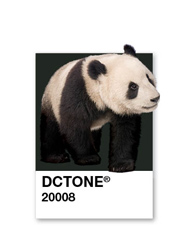
Over dinner in Beijing in 1972, First Lady Pat Nixon told Chinese Premier Zhou Enlai of her fondness for giant pandas. “I’ll give you some,” he replied. Two months later, the National Zoo welcomed two pandas: Ling-Ling and Hsing-Hsing.
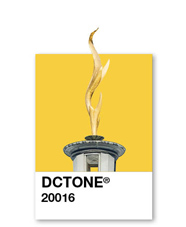
Affectionately known as the “flaming cupcake,” the Kay Spiritual Life Center is topped by a 16-foot, 700-pound impressionistic flame crafted in bronze with gold-leaf plating. Opened in 1965, Kay is one of the first interfaith centers in the US.
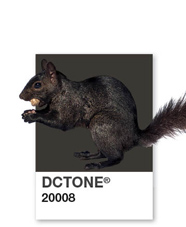
In a nutshell: eight black squirrels were gifted to the National Zoo in 1902 by Thomas Gibson, Ontario’s superintendent for parks. Every black squirrel in DC today is likely a descendant
of those Canadian immigrants.

Every April 1.5 million tourists flood the Tidal Basin for the National Cherry Blossom Festival. About 3,750 trees line the basin, 100 of which were among those gifted to DC in 1912 by Tokyo Mayor Yukio Ozaki.
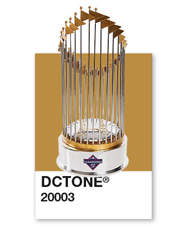
The World Series trophy, made by Tiffany & Co., is valued at $15,000—but to DC fans who stayed in the fight with their beloved Nats, it’s priceless.
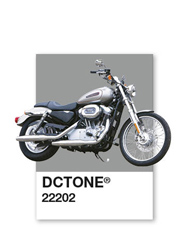
DC’s annual Memorial Day motorcycle rally has a new name—Rolling to Remember—and an expanded mission: to raise awareness of veterans’ mental health issues. About 500,000 bikers are expected to make the slow roll from the Pentagon to the Wall.
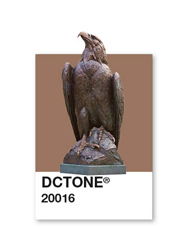
The (bronze) eagle landed at AU in May 1997. Perched on a stone pedestal outside Bender Arena, the bird was funded in part by the Class of ’97. Today, incoming freshmen rub the eagle’s talons for good luck during opening convocation.

Who says print is dead? More than 130 years after it first hit newsstands, National Geographic, the iconic, yellow-bordered magazine, is published in 32 languages for 8 million subscribers around the globe.
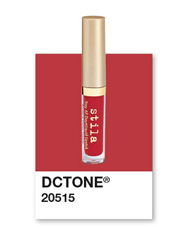
Her progressive views—Medicare and free public college for all—are as bold as Rep. Alexandria Ocascio-Cortez’s (D-NY) red lip. AOC’s shade of choice? Stila’s Stay All Day Liquid Lipstick in Beso Shimmer.
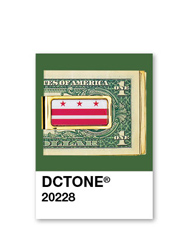
Every last buck of the $1 trillion worth of US cash in circulation can be traced back to DC’s Bureau of Engraving and Printing. The department prints billions of dollars each year at a cost of 10 cents per note.
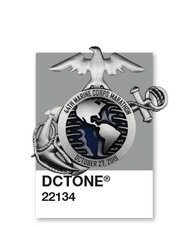
Averaging 5:38 per mile, Marylander Jordan Tropf smoked the competition to take first place at the 44th annual Marine Corps Marathon last October. The fourth largest marathon in the US, the race draws 30,000 competitors.
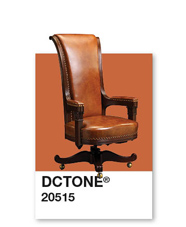
This imposing leather chair appeared in 1941 at the start of Rep. Sam Rayburn’s (D-TX) long speakership. A replacement—identical down to the pearls carved around the seat—occupies the rostrum most days, but the original is rolled out for the opening day of the new Congress.
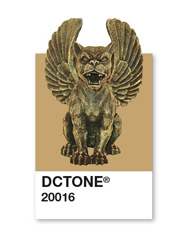
The National Cathedral’s 112 gargoyles are a mix of style and function. Carved of Indiana limestone, the gargoyles, including a unicorn and an elephant, channel rainwater off the 1.5-acre roof to prevent erosion and staining.
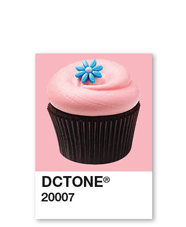
Success has been sweet for the sisters Kallinis, whose Georgetown Cupcake has grown from a tiny house on Potomac Street to a multistate operation, churning out 10,000 frosted treats each day, including the bestselling red velvet.
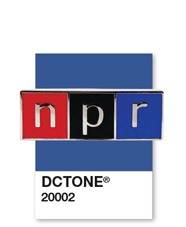
Headquartered in NoMa, NPR’s reach extends well beyond DC. Nearly 99 percent of the US population lives within earshot of a station that carries NPR programming, and more than 27 million listeners tune in weekly to shows like All Things Considered.

Marine One made its inaugural flight in 1957 when President Eisenhower hitched a ride to his Pennsylvania summer house. Today, the fleet includes 35 choppers piloted by four USMC officers based at nearby Quantico, Virginia.
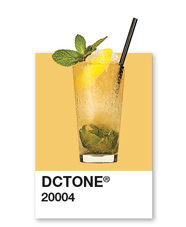
Kentucky politician Henry Clay, whose 46-year career spanned both chambers of the legislature, introduced DC to the mint julep. When the Round Robin Bar opened at the Willard Hotel in 1847, it adopted the bourbon cocktail as
its signature drink.
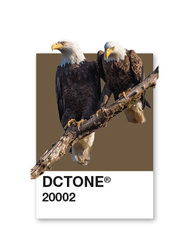
Mr. President and the First Lady are DC’s most fine-feathered couple. The mated pair appeared in a tulip poplar tree at the US National Arboretum in 2014, marking the first time bald eagles have nested there since 1947.

Ben’s Chili Bowl has held court on U Street since the Eisenhower era, serving up 700 half-smokes a day. Smothered with yellow mustard, onions, and beef chili, the half-smoke counts President Obama among its famous fans.
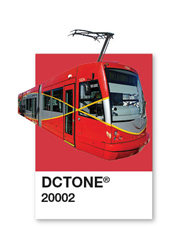
After navigating years-long delays and financial woes, the DC Streetcar finally opened its double doors in 2016. Since then, 3 million people have ridden the 2.2-mile line in Northeast DC. A 1.9-mile extension is slated to open in 2025.

Construction will begin this spring on Amazon’s HQ2: two 22-story buildings that will hold up to 25,000 employees. The Pentagon City location is prime real estate, just four miles as the Amazon delivery drone flies from CEO Jeff Bezos’s Kalorama mansion.

DC’s Maine Avenue Fish Market, which celebrated its 200th anniversary in 2005, is the oldest continually operating seafood market in the US. Blue crabs—a Chesapeake Bay specialty—are a favorite catch (just add Old Bay).
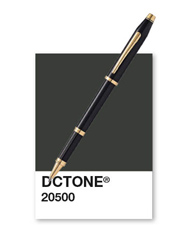
President Trump is known for bucking tradition—but not when it comes to his John Hancock. Like the last seven occupants of the White House, he favors a Cross pen: the Century II black lacquer and gold rollerball.
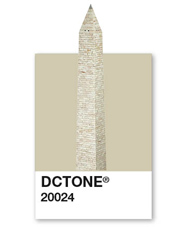
“An earthquake may shake its foundations,” Robert Winthrop said in 1885 at the Washington Monument dedication, “but the character which it commemorates and illustrates is secure.” In 2011, a 5.8 quake did rock DC, causing $15 million worth of damage to the monument.

The Building Museum is itself a work of art. The Great Hall’s handsome Corinthian columns measure 75 feet high and 8 feet in diameter; each was built of 70,000 bricks and painted in 1895
to resemble marble.

Alex Ovechkin’s yellow laces are as distinctive as his gap-toothed grin. The “Great 8” has been rocking the, err, yellow, for the entirety of his 15-year career with the Capitals—a nod to his individuality.
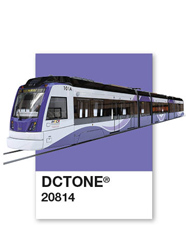
When the Purple Line opens at the end of 2022, commuters can traverse the 16 miles between Bethesda and New Carrollton without stepping foot on a gas pedal. The light rail’s 21 stations will also connect Marylanders with Metro and MARC.
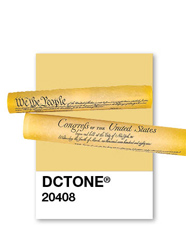
Before the National Archives opened in 1934, the US had no way of safeguarding its founding documents. Today, we the people visit the Declaration of Independence, Constitution, and Bill of Rights in droves—1 million last year.
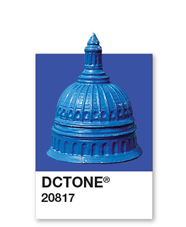
Congressional Country Club counts a quintet of presidents—Taft, Wilson, Harding, Coolidge, and Hoover—among its famous members. Opened in 1924, the Bethesda club’s Blue Course checks in at No. 80 on Golf Digest’s 2020 list of America’s best places to tee off.

At 63 feet high and 630 feet long, the Kennedy Center’s Grand Foyer is one of the world’s largest rooms. Upended, it could house the Washington Monument—with 75 feet to spare. That’s a whole lotta red carpet.

Founded as a tobacco port town in 1751, four decades before the nation’s capital, Georgetown’s famous cobblestones have been traversed—by colonists, carriages, congresspeople, and college students—for centuries.

It’s rumored the 45.52-carat Hope diamond was stolen from an Indian mine in the 1600s and brought bad luck—bankruptcy, breakdowns, and beheadings—to those who donned it. The cursed stone landed at the Smithsonian in 1958.